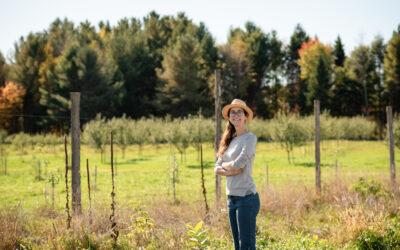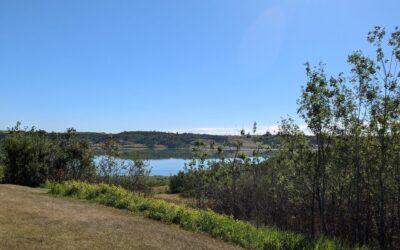ALUS Pincher Creek will work with farming and ranching families on creating beneficial ecosystem projects in the Municipal District of Pincher Creek in southwest Alberta, part of the Crown of the Continent Ecosystem.

The beautiful landscape of the Municipal District of Pincher Creek, a part of the Crown of the Continent Ecosystem.
ALUS Pincher Creek was launched in April 2022 to assist farmers and ranchers in the Municipal District of Pincher Creek in delivering ecosystem services, such as cleaner air, cleaner water, carbon sequestration, erosion control, flood and drought mitigation, as well as pollinator and wildlife habitat.
“The MD of Pincher Creek is proud to support ALUS Pincher Creek’s work within the Pincher Creek program area. The MD’s farm and ranch families have always been stewards of the land, and with the help of ALUS, these families have another tool to care for the lands and waters in our beautiful area,” says Roland Milligan, MD Chief Administrative Officer. “Our community believes farming and ranching can coexist with natural ecosystems. These ALUS projects, created and maintained by our local agricultural producers, help the producer remain connected to a healthy environment with adaptive management.”
ALUS Pincher Creek works with the area’s agricultural community to help farm and ranch families continue to steward the lands and waters that provides for their livelihood and quality of life in the beautiful landscape they call home.
Projects supported by ALUS Pincher Creek include the installation of management fencing along creeks and waterbodies; providing alternative watering systems to reduce the impact from cattle and other livestock on waterbodies; creating and enhancing riparian buffers along drainages, creeks and wetlands; reforesting uplands and riparian areas to slow water movement and reduce sedimentation in wetlands; the planting of native species and/or tame forages around and between wetlands and upland areas to enhance or restore habitat and improve water quality; and much more.
“We are so pleased to have this incredible community of like-minded people adopt ALUS into an amazing and unique environment,” says Karen Snethun, Western Hub Manager, ALUS. “Farmers and ranchers participating in ALUS Pincher Creek are contributing critical ecosystem services to their communities, while improving their immediate environment.”
Guided by a local Partnership Advisory Committee (PAC), no less than half of which is comprised by local farmers, the ALUS model ensures that projects are determined at the local level to address the community’s environmental and economic priorities.
Located in southwest Alberta, the M.D. of Pincher Creek is part of the Crown of the Continent Ecosystem, which also encompasses portions of northwestern Montana and southeastern British Columbia along the Continental Divide.
The Crown of the Continent is abundant with wildlife, including deer, elk, mountain sheep and goats, as well as grizzly and black bears, cougars, and wolves. A broad assortment of habitats in this unique ecosystem supports an array of mammals, birds, fish, amphibians, reptiles, terrestrial and aquatic arthropods and other invertebrates, trees, shrubs, wildflowers, grasses, sedges, rushes, ferns, fungi, mosses, lichens, and microbiota. Incredibly, over half the flora species of Alberta are represented in the area.
This ancient and incredibly diverse landscape has long been home to the Blackfoot Peoples who called the Crown of the Continent expanse of mountains and valleys Mo’kakiikin, translating to backbone of the world.
About ALUS
ALUS (originally an acronym for Alternative Land Use Services) is a national charitable organization that provides expertise, resources, and direct financial support to 35 communities across 6 provinces where more than 1,400 farmers and ranchers establish and steward nature-based solutions on their land. These solutions deliver ecosystem services to help sustain agriculture and fight climate change and biodiversity loss for the benefit of communities and future generations. Projects such as enhanced wetlands, windbreaks, riparian buffer zones, wildlife habitats, adaptative agricultural practices and other impactful environmental solutions produce cleaner air, cleaner water, greater biodiversity, carbon sequestration, erosion control, flood and drought mitigation, pollinator and wildlife habitat, and other ecological services. Learn more at ALUS.ca.



